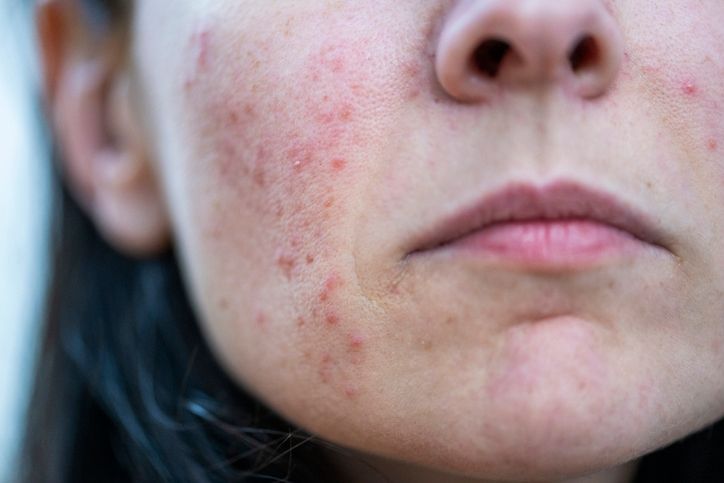

Book Now to Experience
F8 Hair Regrowth Treatment
1 Minute Self-Registration
Date should not be before minimal date
Author: Natalie Ng|23 April 2025
Hair feeling like it’s growing slower than usual? Or maybe it’s thinning, shedding more, or just not looking as full? It happens—and there’s usually a reason behind it. Your hair growth cycle can get thrown off by things like stress, heat styling, tight hairstyles, or not getting enough key nutrients. Sometimes it’s also linked to things like iron deficiency or female pattern hair loss. The good news is, there are ways to get things back on track. If you’re trying to grow healthier, thicker hair or just want to figure out what’s messing with your hair growth—keep reading.

1
Nourish Your Scalp With Essential Vitamins and Minerals

Nutrient Deficiency Can Slow Down Hair Growth
Focus on a Balanced Diet
Try Topical Support Too
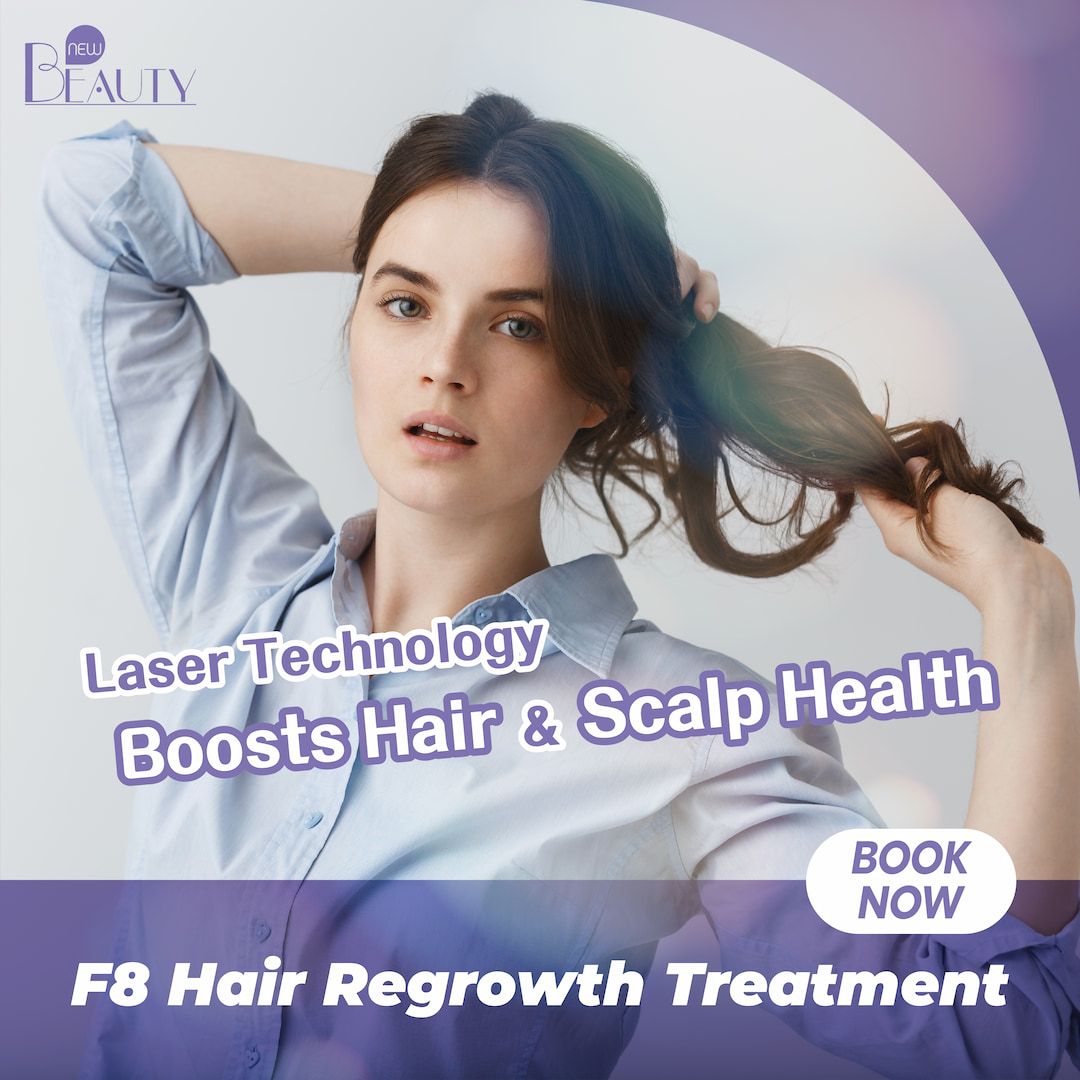

2
Maintain a Protein-Rich Diet for Stronger Hair Growth
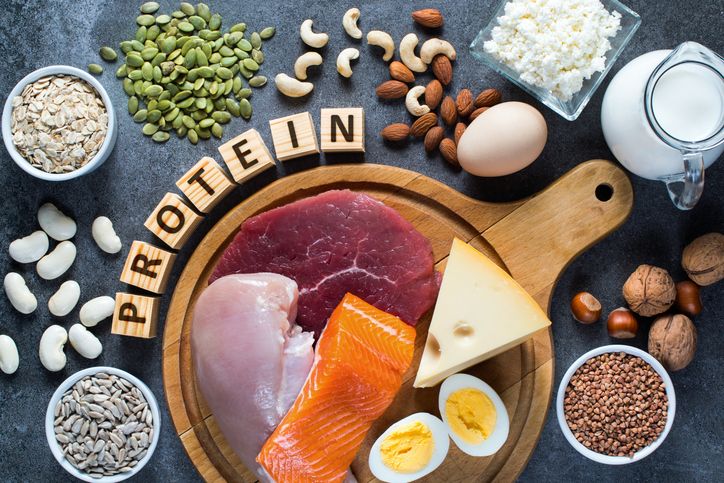
Why Protein Matters for Hair Growth
Key Protein-Rich Foods for Healthy Hair
Amino Acids That Support Hair Structure
Read More

3
Master the Art of Scalp Massage and Stimulation
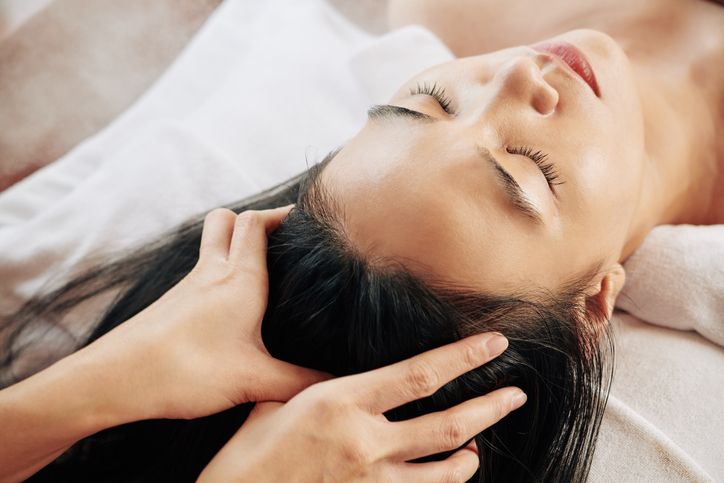
Why Scalp Stimulation Matters
How to Massage Your Scalp
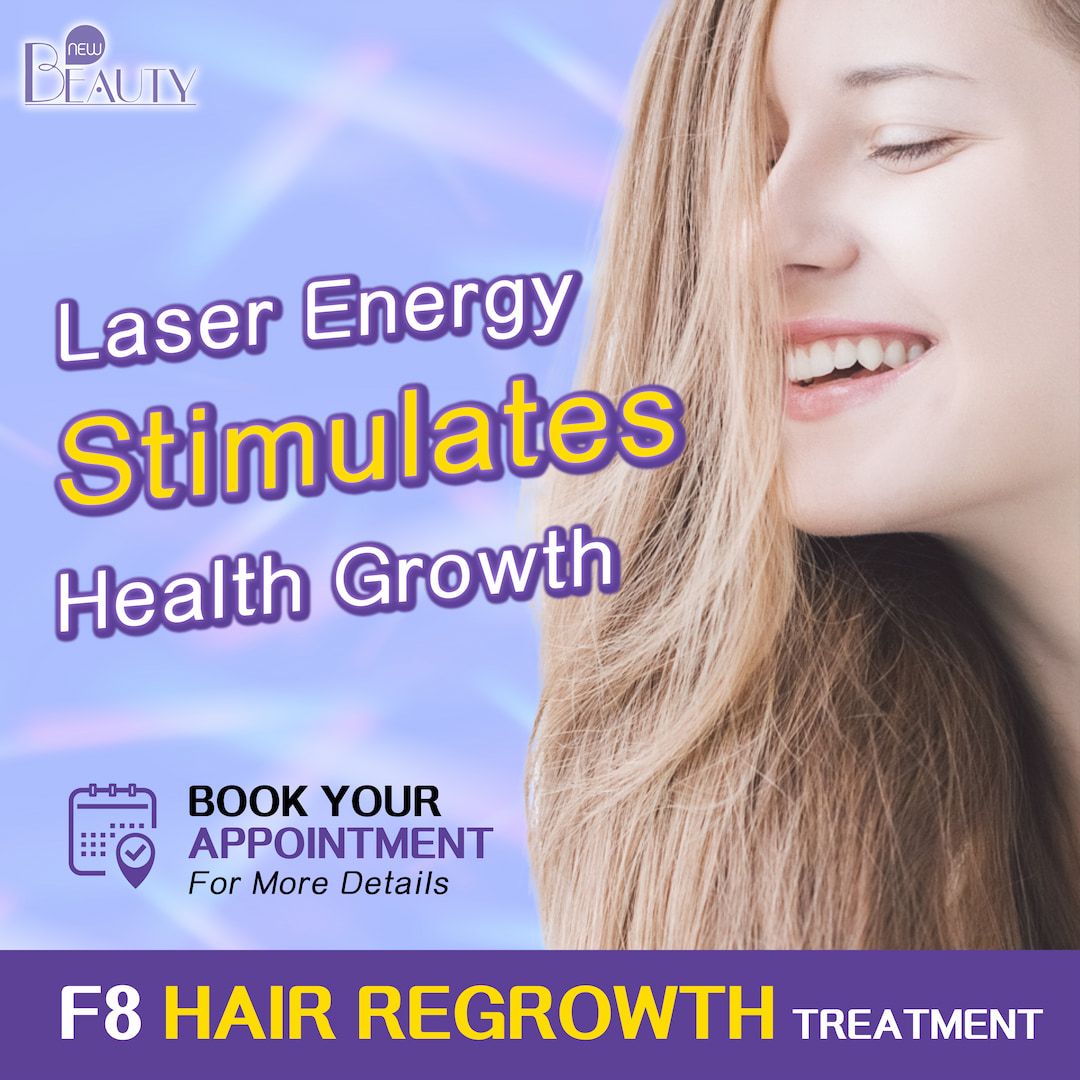

4
Protect Your Hair From Physical and Chemical Damage
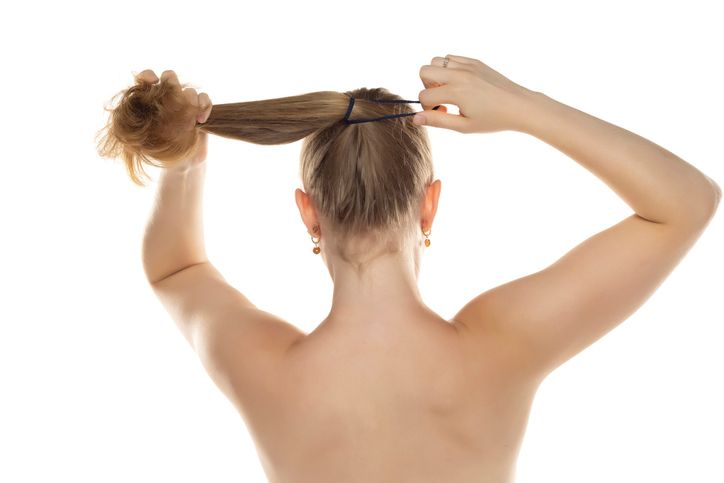
Everyday Habits That Damage Hair
How to Reduce Hair Damage

Book Now to Experience
F8 Hair Regrowth Treatment
1 Minute Self-Registration
Date should not be before minimal date

5
Optimize Your Hair Care Routine for Maximum Growth

Build a Routine That Supports Hair Health
Understand the Growth Timeline


6
Address Underlying Health Conditions Affecting Hair Growth
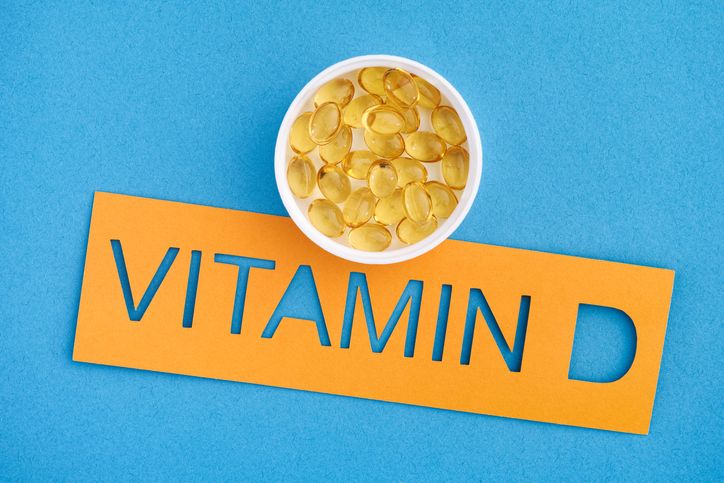
Health Conditions That Can Impact Hair Growth
What You Can Do
Read More

7
Create a Stress Management Plan for Healthier Hair

How Stress Impacts Hair Growth
Practical Ways to Reduce Stress


8
Choose the Right Supplements and Hair Growth Treatments
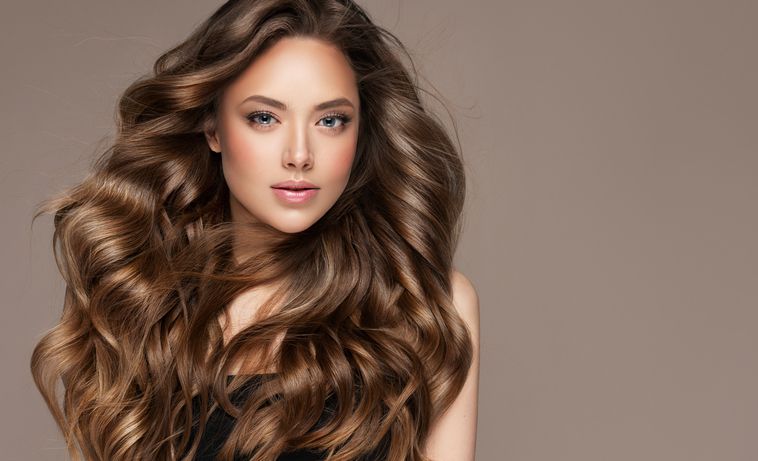
When Supplements Make Sense
Topical Treatments That Can Help
Support Hair Growth With F8 Hair Regrowth Treatment
FAQ
Does Sleeping With Wet Hair Affect Its Growth Rate?
Sleeping with wet hair doesn't directly affect your hair's growth rate, as growth occurs from the follicles beneath your scalp. However, wet hair is more fragile and prone to breakage, which can make your hair appear to grow more slowly. You'll also risk bacterial growth on your pillow and scalp when sleeping with damp hair, potentially leading to scalp issues that could indirectly impact healthy hair growth.
Can Certain Hairstyles or Head Coverings Slow Down Hair Growth?
Like a cocoon wrapped too tightly, certain hairstyles and head coverings can indeed impact your hair growth. You'll want to avoid these hair-restricting practices: 1. Tight braids, ponytails, or buns that pull at your roots. 2. Heavy wigs or extensions that create constant tension. 3. Non-breathable head coverings that trap excess moisture. These styles can cause traction alopecia and follicle damage, ultimately slowing growth. Instead, opt for looser styles that let your scalp breathe and move freely.
What Role Do Hormonal Changes Play in Hair Growth Cycles?
Hormonal changes substantially impact your hair's growth cycle through multiple mechanisms. First, androgens and estrogens directly affect your hair follicles' growth phases, with fluctuations potentially triggering telogen effluvium. Second, thyroid hormones regulate the speed of your hair's metabolism and renewal. Third, stress hormones like cortisol can disrupt normal growth patterns, while pregnancy hormones often enhance growth before causing temporary shedding postpartum.
Is Air-Drying Better Than Heat-Drying for Promoting Hair Growth?
Like a gentle breeze nurturing a delicate flower, air-drying your hair is generally better for promoting growth than heat-drying. When you air-dry, you're protecting your strands from heat damage that can lead to breakage and split ends. While heat styling tools might save time, they can weaken your hair's structure and disrupt the natural growth cycle. If you must use heat, always apply a heat protectant and keep the temperature moderate.
How Does Age Influence the Natural Rate of Hair Growth?
Your hair growth rate naturally changes as you age, with the most rapid growth typically occurring during your late teens and early twenties. After age 30, you'll notice your hair cycles becoming shorter, and individual strands may grow more slowly.

Book Now to Experience
F8 Hair Regrowth Treatment
1 Minute Self-Registration
Date should not be before minimal date
Recommended Articles
COPYRIGHT© NEW BEAUTY MANAGEMENT LIMITED 2025. ALL RIGHT RESERVED.

